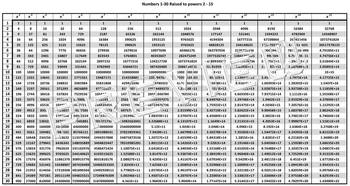

The following article appeared in (The Journal of the Acoustical Society of America Volume 146, Issue 4 and may be found at ( published article abstract). Any other use requires prior permission of the author and the Acoustical Society of America.


This article may be downloaded for personal use only. Copyright (2019) Acoustical Society of America. By examining the aural tradition of Ikoro music of the Igbo's through visualizations and sonifications of beat-class theory using ski-hill graphs and circular cyclic graphs, “hidden” musical structures are revealed which possess significant cultural significance. In order to understand Ikoro music located in the listener's experience (embodied psychoacoustics), we demonstrate how mathematical music theory (beat-class theory) provides the means to articulate the “mind and body” response to the stimulus of sound. The major musical instruments that accompany most Igbo music are percussional, such as, ichaka (beaded-gourd rattle), okpokolo (wooden claves), and igba (membrane drum) and are characterized by successions of rhythmic interchange unlimited to interesting pitch, timbre, rhythm and meter by employing shifted accents, non-accented rhythms and syncopations. The Ikoro music tradition has been viewed as an integral and indispensable part of Igbo culture at large (Onwubiko and Neilsen, 2019). Through mathematical representation (beat-class theory) of embodied acoustics (psychoacoustics) the predominance of the musical tradition of the Ikoro drum with the Igbo's can be traced from the past, into the present and forecasted into the future.


 0 kommentar(er)
0 kommentar(er)
